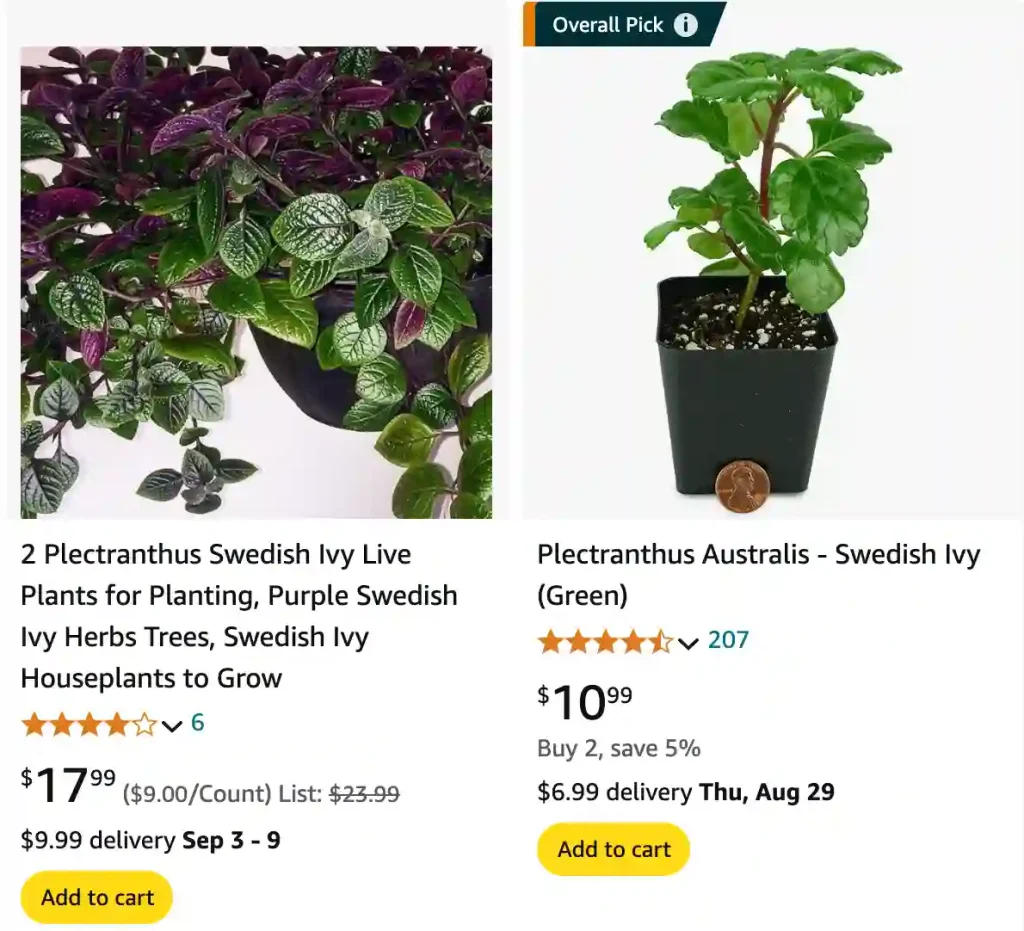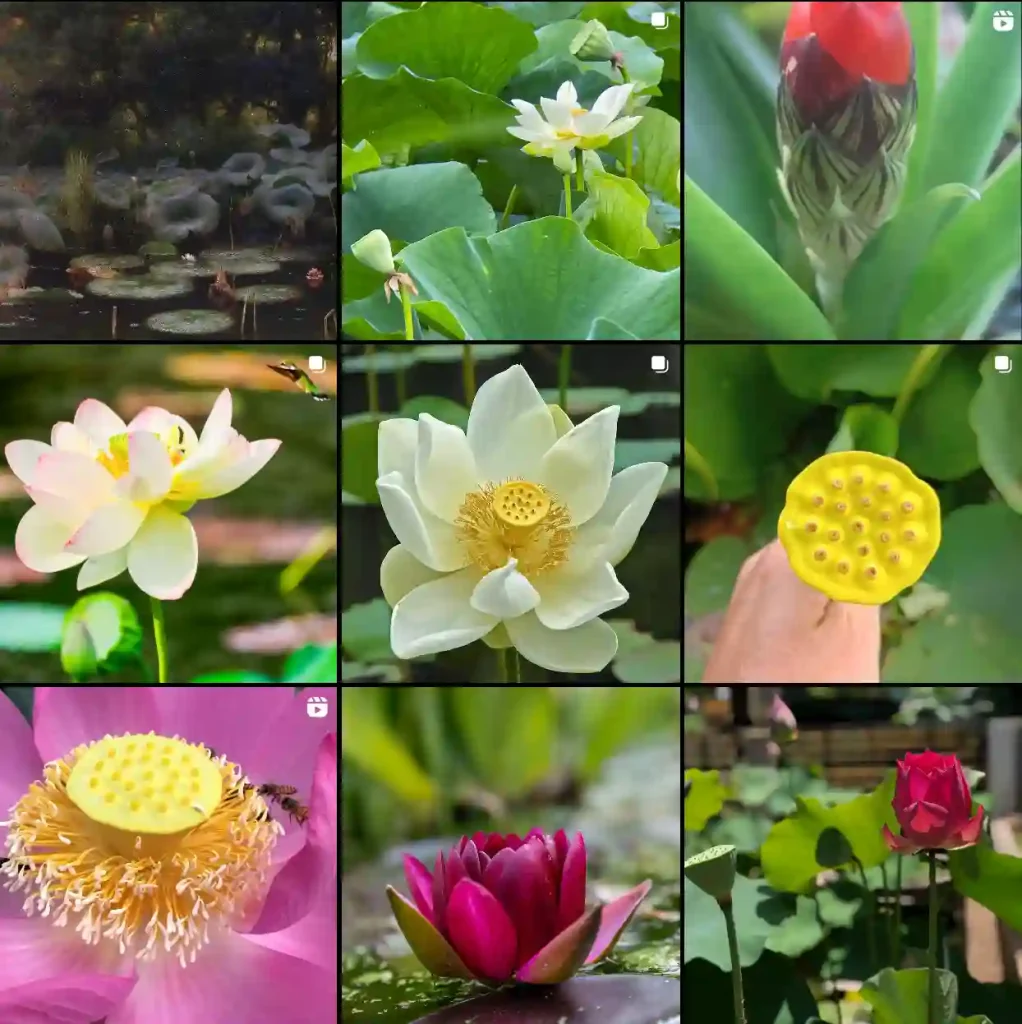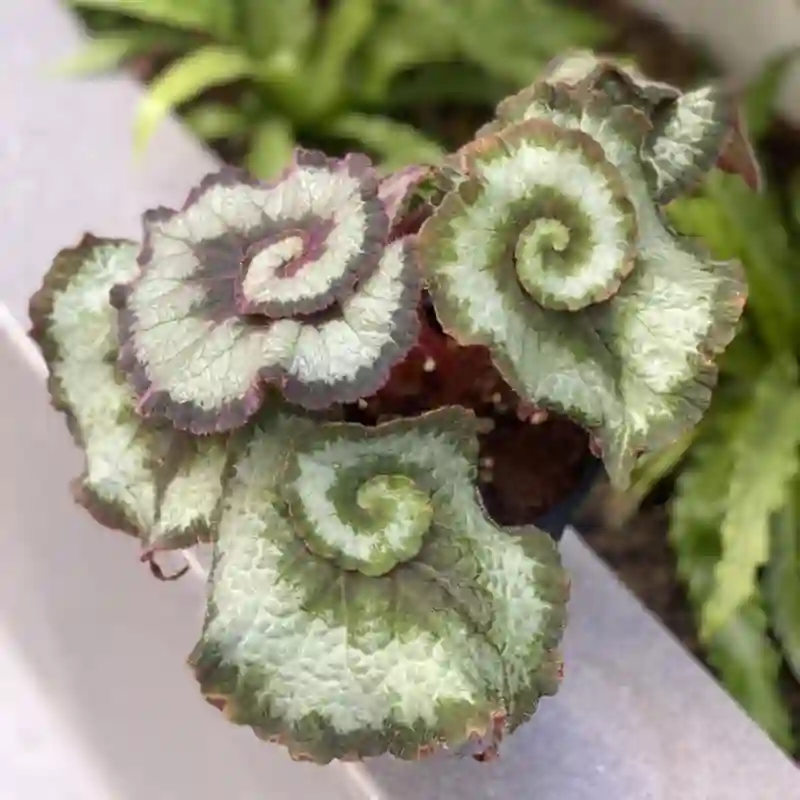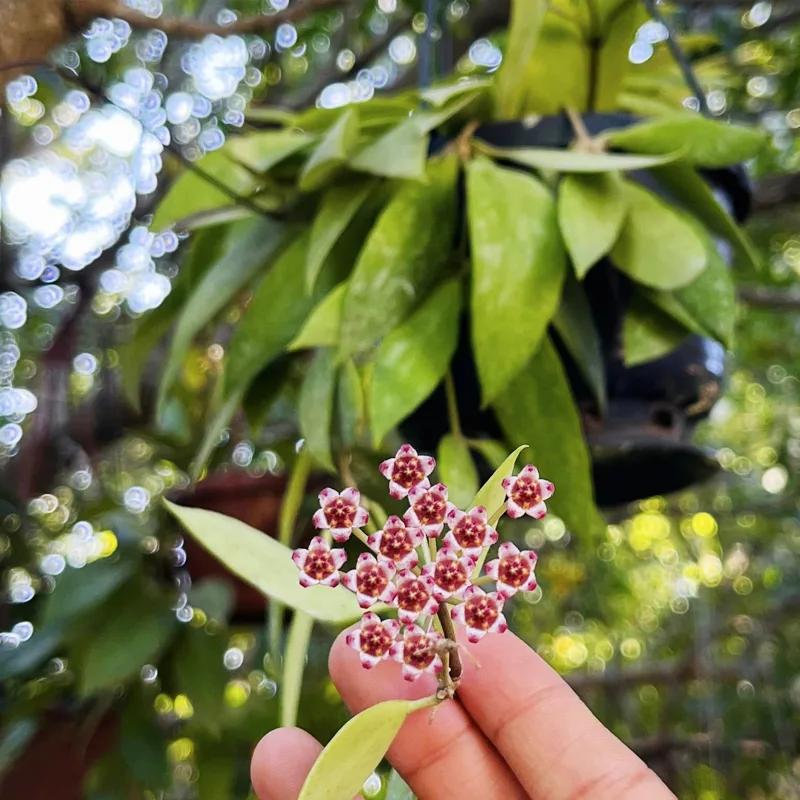
FAQs About Swedish Ivy
Swedish Ivy, also known as Plectranthus Verticillatus, is a popular plant in many homes due to its attractive, cascading foliage and low maintenance needs. Over the years, I’ve encountered a variety of questions about Swedish Ivy, and I’m here to share my insights. From toxicity concerns to propagation methods, here’s a comprehensive guide to this charming plant.
83 Species in Genus Plectranthus
Is Swedish Ivy Toxic to Cats?
One of the most common questions I get is whether Swedish Ivy is toxic to cats. The good news is that Swedish Ivy is not considered highly toxic to cats. However, it’s always wise to monitor your pets. If they nibble on the plant, they might experience mild gastrointestinal upset, but serious toxicity is rare. It’s always a good idea to keep plants out of reach of curious pets.
Is Swedish Ivy Toxic to Dogs?
Similar to cats, Swedish Ivy is not known to be highly toxic to dogs. While it is generally safe, ingestion of large quantities might cause minor stomach discomfort. If your dog seems unusually interested in the plant or shows signs of illness after eating it, consulting with a vet is a prudent step.
How to Propagate Swedish Ivy?
Propagating Swedish Ivy is straightforward and rewarding. Here’s how I do it:
- Cuttings: Take a 4-6 inch cutting from a healthy plant. Remove the lower leaves, leaving just a few at the top.
- Water: Place the cutting in a glass of water or directly in soil. If using water, change it regularly to prevent rot.
- Rooting: After a few weeks, roots should begin to form. Once they’re a few inches long, transplant the cutting into a pot with soil.
Propagation can also be done through division if you have a mature plant. Just separate the roots and re-pot them individually.
How to Care for Swedish Ivy?
Caring for Swedish Ivy is quite simple:
- Light: It prefers bright, indirect light but can tolerate lower light conditions.
- Water: Keep the soil consistently moist but not soggy. Water when the top inch of soil feels dry.
- Humidity: Swedish Ivy thrives in higher humidity, so misting occasionally can be beneficial.
- Temperature: It enjoys moderate temperatures, ideally between 60-75°F (15-24°C).
Can Swedish Ivy Grow Indoors?
Absolutely! Swedish Ivy is well-suited for indoor environments. Its trailing habit makes it a lovely choice for hanging baskets or as a ground cover in pots. It adapts well to indoor conditions, provided it gets enough indirect light and occasional watering.
Can Swedish Ivy Grow Outdoors?
Yes, Swedish Ivy can be grown outdoors, especially in regions with mild winters. It’s often used as ground cover or in containers. Ensure it’s planted in a location with partial shade to protect it from the harsh midday sun.
Can Swedish Ivy Grow in Water?
Swedish Ivy can grow in water, especially during propagation. While it’s not typically grown as a water plant long-term, it can survive in water for a while. For best results, however, plant it in soil to allow it to thrive fully.
Does Swedish Ivy Clean the Air?
Swedish Ivy isn’t particularly renowned for its air-purifying qualities compared to some other houseplants. However, like many houseplants, it does contribute to overall indoor air quality by adding moisture and potentially removing some airborne pollutants.
Does Swedish Ivy Climb?
Swedish Ivy is more of a trailing plant than a climber. It doesn’t have the natural climbing habit of some other plants but can be trained to grow up a support if desired. Its vines are excellent for hanging baskets or as a cascading element in arrangements.
Does Swedish Ivy Flower?
Swedish Ivy can produce small, tubular flowers that are typically purple or white. However, it’s not grown primarily for its flowers; the focus is more on its attractive foliage.
Swedish Ivy vs. Creeping Charlie
Swedish Ivy and Creeping Charlie (Glechoma hederacea) are often confused. While both are low-growing, spreading plants, they are different species. Creeping Charlie is a fast-spreading ground cover with a more aggressive growth pattern and is considered invasive in some areas. Swedish Ivy has a more controlled growth and is generally more suitable for indoor use.
Swedish Ivy vs. English Ivy
Swedish Ivy and English Ivy (Hedera helix) are distinct in several ways. English Ivy is a true climbing plant, known for its ability to cover walls and trellises. In contrast, Swedish Ivy is a trailing plant with a more relaxed growth habit. English Ivy can also be more aggressive and invasive compared to the relatively tame Swedish Ivy.
What to Plant with Swedish Ivy?
Swedish Ivy pairs well with other low-maintenance plants. Consider combining it with:
- Pothos: Both thrive in similar conditions and complement each other’s trailing habits.
- Spider Plant: Adds a contrast with its upright growth and long arching leaves.
- Boston Fern: Provides a lush, green backdrop that contrasts nicely with Swedish Ivy’s leaves.
Common Problems with Swedish Ivy
Despite its hardy nature, Swedish Ivy can face a few issues:
- Pests: Watch for aphids or spider mites, especially if the plant is stressed.
- Root Rot: Overwatering can lead to root rot. Ensure proper drainage and avoid letting the plant sit in soggy soil.
Benefits of Swedish Ivy
- Low Maintenance: Ideal for busy individuals or those new to plant care.
- Versatility: Works well both indoors and outdoors, in pots or as ground cover.
- Aesthetic Appeal: Its trailing habit and lush foliage make it a visually appealing addition to any space.
Swedish Ivy is a wonderful plant with a range of benefits and few drawbacks. Whether you’re looking to enhance your indoor garden or add a bit of greenery to your outdoor space, it’s a great choice that’s easy to care for and propagate.
If i die, water my plants!



